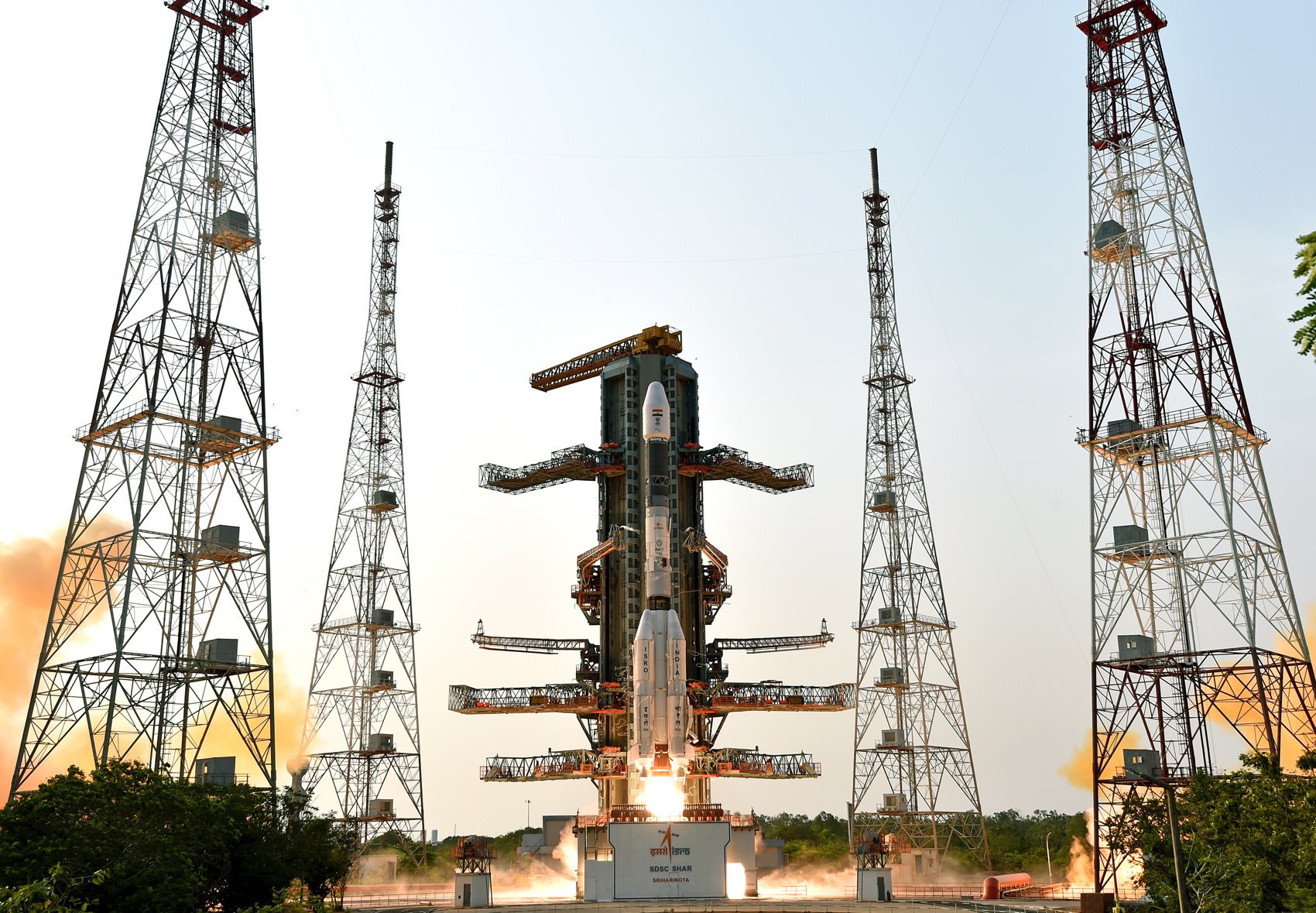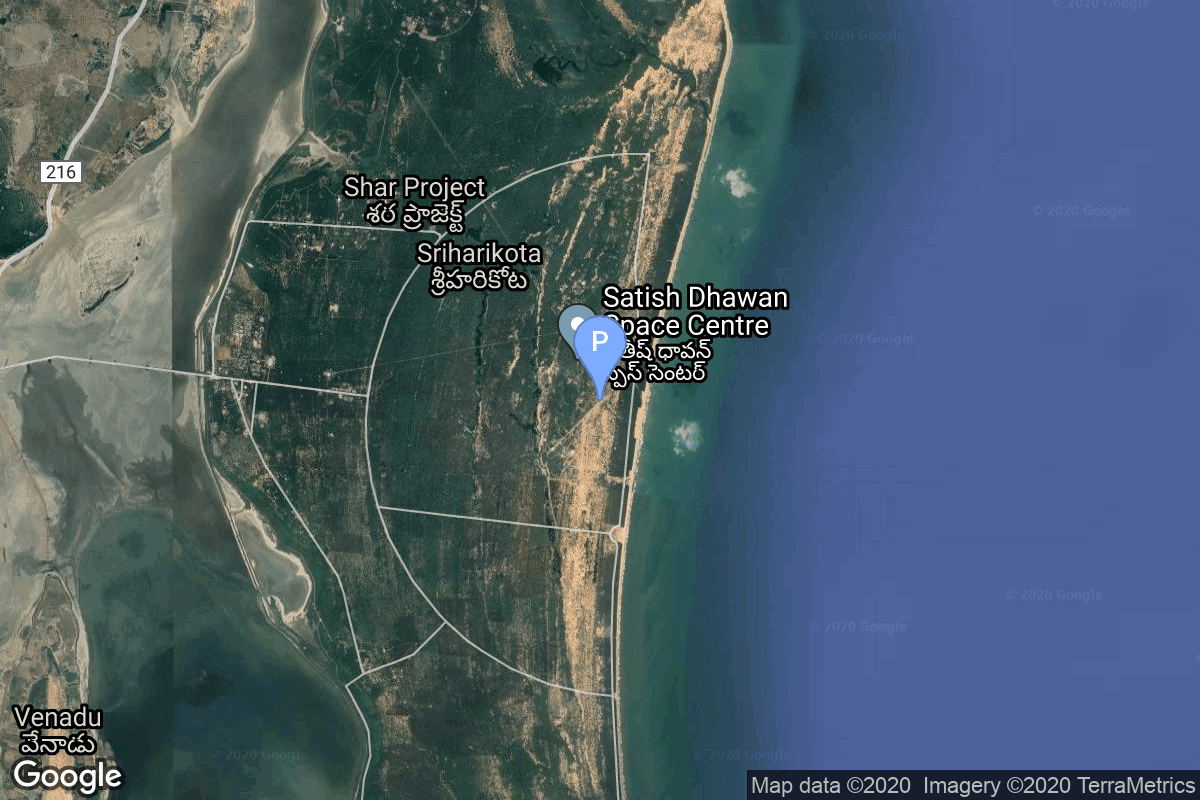
GSLV Mk II | NISAR (NASA-ISRO Synthetic Aperture Radar)
Programma
Pad

Satish Dhawan Space Centre – SDSC (formerly Sriharikota Range – SHAR),[1] is the primary spaceport of the Indian Space Research Organisation (ISRO), located in Sriharikota, Andhra Pradesh.
Rocket
![[AUTO] GSLV Mk II - image](https://thespacedevs-prod.nyc3.digitaloceanspaces.com/media/images/gslv2520mk2520ii_image_20190825171642.jpg)
Geosynchronous Satellite Launch Vehicle Mark II (GSLV Mk II) is the largest launch vehicle developed by India, which is currently in operation. This fourth generation launch vehicle is a three stage vehicle with four liquid strap-ons. The indigenously developed cryogenic Upper Stage (CUS), which is flight proven, forms the third stage of GSLV Mk II. From January 2014, the vehicle has achieved four consecutive successes.
Full Name: GSLV Mk. II
Maiden Flight: 2010-04-15
Total Launch Count: 11
Successful Launches: 9
Failed Launches: 2
Mission
Mission Name: NISAR (NASA-ISRO Synthetic Aperture Radar)
Type: Earth Science
Description: The NASA-ISRO Synthetic Aperture Radar, or NISAR satellite, will use advanced radar imaging to map the elevation of Earth's land and ice masses 4 to 6 times a month at resolutions of 5 to 10 meters. It is designed to observe and measure some of the planet's most complex natural processes, including ecosystem disturbances, ice-sheet collapse, and natural hazards such as earthquakes, tsunamis, volcanoes and landslides. Under the terms of the agreement, NASA will provide the mission's L band synthetic aperture radar (SAR), a high-rate telecommunication subsystem for scientific data, GPS receivers, a solid-state recorder, and a payload data subsystem. ISRO will provide the satellite bus, an S band synthetic aperture radar, the launch vehicle, and associated launch services.
Orbit: Sun-Synchronous Orbit
Updates


Cosmic_Penguin
2025-02-21T07:48:00ZNET Q2.

Cosmic_Penguin
2024-12-12T02:58:00ZNET late March.

Cosmic_Penguin
2024-10-26T18:33:00ZNET February.

Nosu
2022-06-25T21:31:07ZDelayed to 2024

Cosmic_Penguin
2023-11-09T07:53:25ZNET early 2024.

Cosmic_Penguin
2024-01-01T16:02:25ZNET March 30.


Cosmic_Penguin
2024-03-21T12:17:13ZNET late May.

Cosmic_Penguin
2024-03-30T06:19:50ZNET October.

Cosmic_Penguin
2024-07-19T02:12:06ZSlipped to NET early 2025 due to satellite issues.